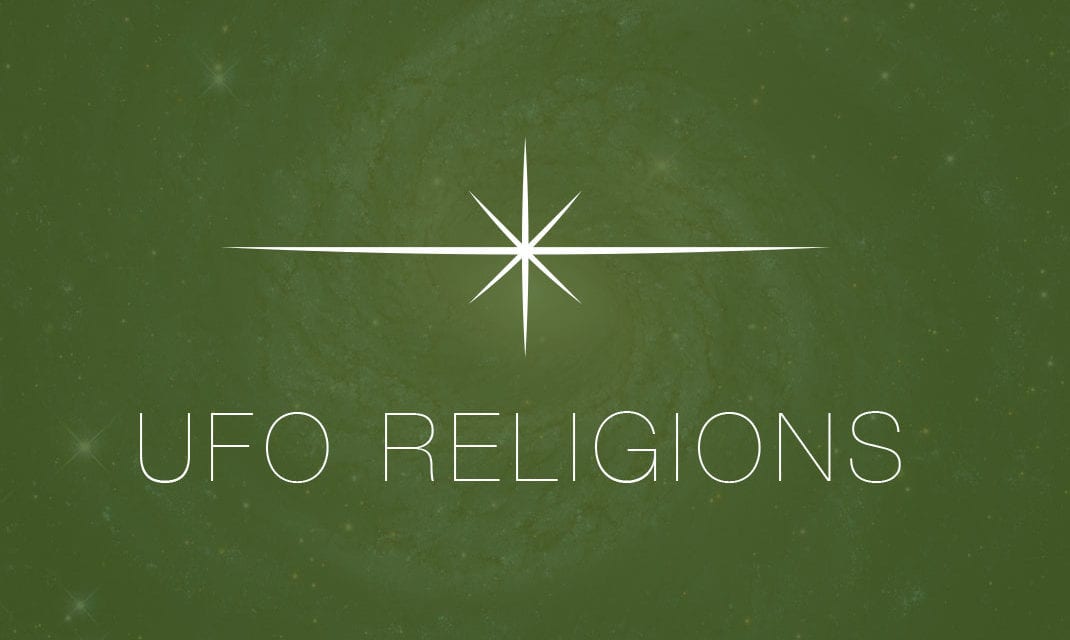I’ve mentioned the Journal of Cosmology on this blog before. This online academic journal is known for producing some high-level articles, but has been criticized as well for stirring controversy (most notably the recent claims of “alien bacteria” published in the journal by Dr. Richard Hoover — from which NASA distanced itself).
The journal recently released its September-October 2011 issue. Sure enough, there’s something of interest for readers of this blog. In particular, the article entitled “Creationism, Neo-Darwinism, and Panspermia” caught my attention. Here is the abstract:
Creationists and neo-Darwinists have spent the past several decades engaged in a sullen trench warfare, occasionally firing at each other with little effect. We argue in this article that an acceptance of panspermia as a “third way” might lead to a long over-due reconciliation between the contending groups.
The short article is worth a read. I think it telling in that it betrays that, at least for some panspermia theorists, this is a religion — and one that is ultimately about trans-humanism. The article ends as follows:
It is not inconceivable that our distant descendants 1000 years from now might evolve further, becoming, from our perspective, super-humans. They might be able to work out the requirements for directed panspermia, perhaps launching our planets entire assemblage of genes into space18. This might be science fiction today, but science fiction can sometimes turn into science fact. Many distinguished scientists have expressed similar views, including Sir Arthur Eddington, and Sir Fred Hoyle, who wrote: A commonsense interpretation of the facts suggests that a superintellect has monkeyed with physics as well as with chemistry and biology, and that there are no blind forces worth speaking about in nature… (quotation from Hoyle, F., 1982. The Universe: Past and Present Reflections, Ann.Rev.Astron.Astrophys., 20, 15).






There comes a point where creationism, in an effort to sound scientific, unknowingly takes on the same ideas as those who claim aliens are performing genetic experiments on us. It’s ironic because such a move makes the abduction advocates sound nuttier, not more empirically grounded.
Getting back to the main point: in her 1995 book, Betty Hill spoke against the breeding programme lunacy pushed by Hopkins and Jacobs, that is, against the notion of superintelligent beings monkeying with our DNA. But she did compare her aliens to what humans might look like 25000 years from now. It’s interesting that right from the beginning, she never called her captors “aliens,” always “men” and, much later, “astronauts.”
Betty Hill’s testimony actually varied from telling to telling. Barney Hill said they looked like Nazis (speaking German and in military uniforms). That is often expunged from accounts. I find that detail most interesting.
I missed your comment when it came out! I just found it now while looking for an old comment of mine. Anyway, a little friendly fact-check:
> Barney Hill said they looked like Nazis (speaking German and in military uniforms).
I have checked Webb’s original NICAP reports and Fuller. Barney never said the men spoke German. As Webb has it, and this is pre-hypnosis, “The figures reminded the observer of the cold precision of German officers.” He is referring to their movements. Also, the word “Nazi” never appears in Webb’s reports. But under hypnosis, Barney says of the leader, “He looks like a German Nazi. He’s a Nazi…” but trails off with “a questioning tone in his voice” (Fuller, p 91). That tone leaves the ID open to interpretation. Finally, Barney did say the men wore uniforms but never said military uniforms, even when Simon asked what kind of uniforms (Fuller, p 91). Later, when asked again about the men’s clothes, Barney says, “I thought of a Navy pea jacket” (Fuller, p 124).
(Thank goodness for searchable PDFs! I could never remember all this detail.)
I’m not sure I follow. The line you have in here doesn’t seem ambiguous. Or is the point a distinction between Webb’s report and the hypnosis?